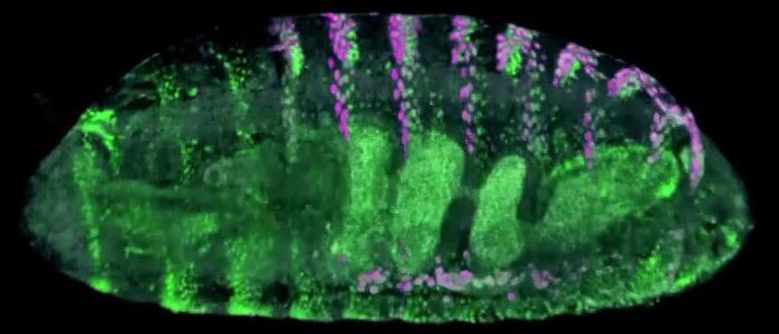Partnership will use diagnostic imaging tools to explore health issues associated with microgravity, and apply this knowledge to patients on Earth.
The French Society of Radiology (SFR) and the country’s national centre for space exploration (CNES) have signed a partnership, details of which were streamed live at the Journées Francophones de Radiologie (JFR) congress on 4 October. The aim is to develop imaging solutions to be sent on space flights and to collaborate on image collection and optimization, teleradiology and training of astronauts.
France has the largest space program in Europe and the third oldest institutional space programme in history, along with Russia and the US. CNES, which has a long track record in space exploration, recognizes the great potential of diagnostic imaging for monitoring astronauts’ health while on missions, according to general director Lionel Suchet.
The plan is to create a “two-way street” in which radiologists and space experts will collaborate on innovative projects to make further progress, JFR delegates heard online at the plenary Antoine Béclère lecture. A SFR–CNES working group will now define the research themes and establish a schedule of tasks ahead by December.







